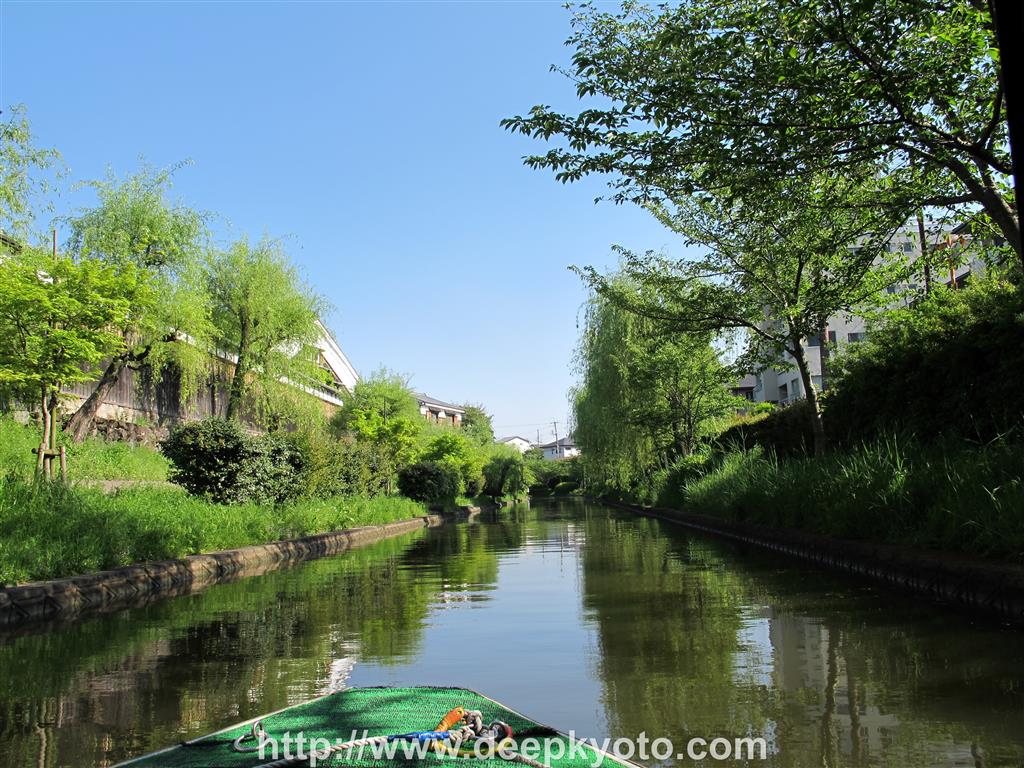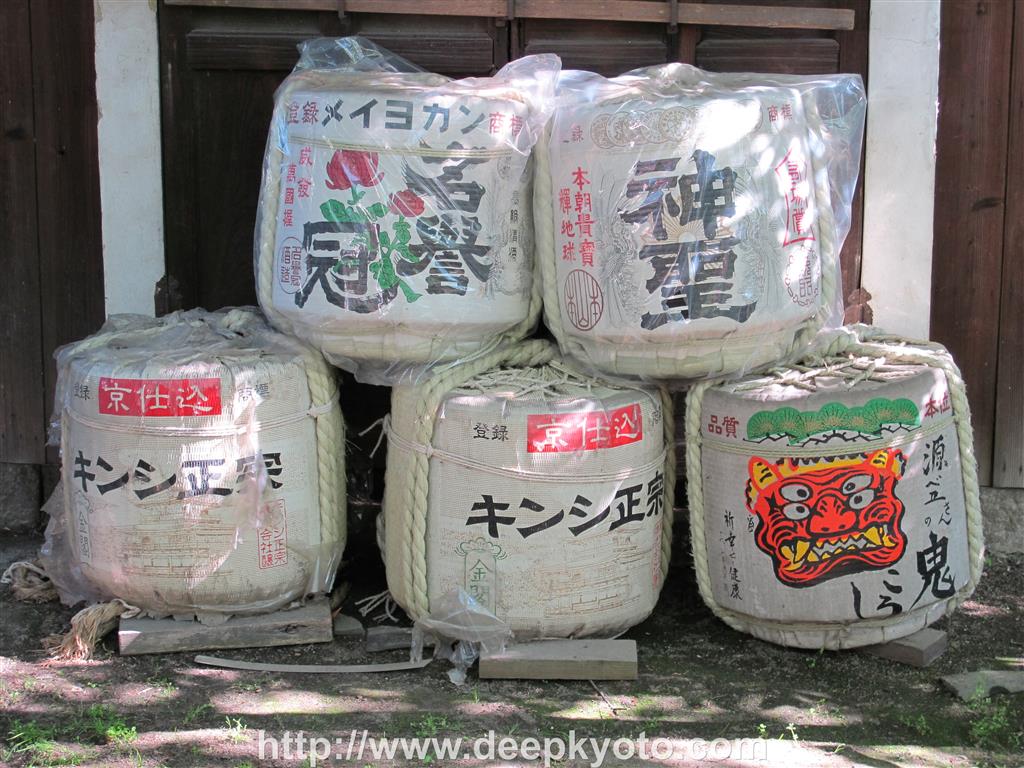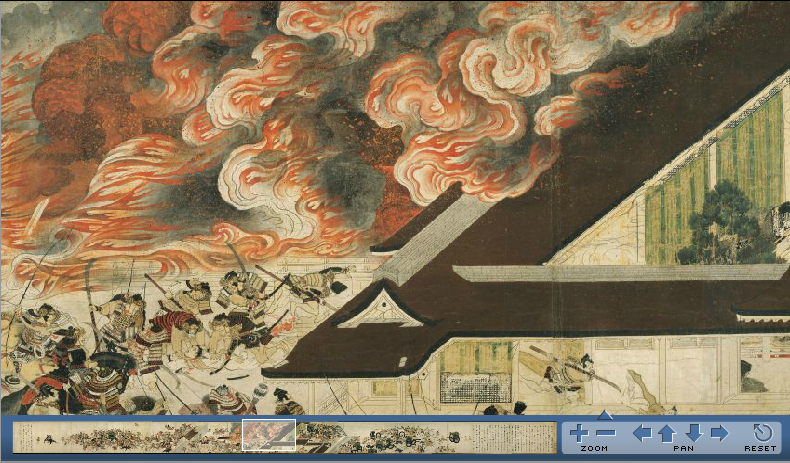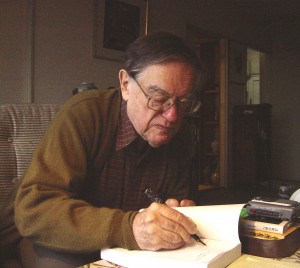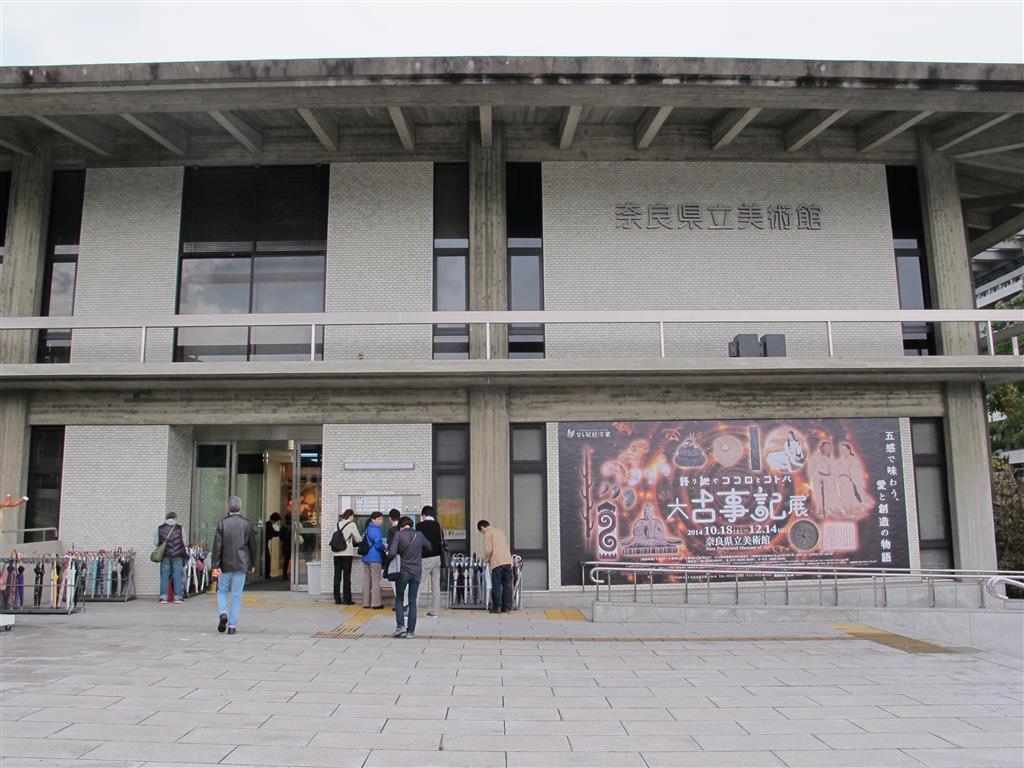My latest article for Inside Kyoto is an exploration of the backstreets and waterways of Fushimi – Kyoto’s famed sake making district. Included in the article are places to taste sake, a boating cruise, a visit to the Teradaya Inn (where Sakamoto Ryoma narrowly escaped assassination), and a Buddhist temple dedicated to a Hindu river deity that happens to have a Hidden Christian lantern!
Here’s a taste,
Fushimi. Say it aloud and the very sound of those soft syllables seems refreshing. This is not inappropriate. The name originally meant “underground waterâ€, and Fushimi is famous for its springs. The water from these underground sources is soft, mellow and is held to be particularly delicious – perfect for sake production. Many sake breweries thrive in this area and Fushimi sake is renowned as the perfect complement for Kyoto cuisine. Historically the waters of Fushimi also made this area an important hub of transport and trade. Here the confluence of three rivers, the Uji, Katsura and Kamo, and an intricate network of canals were put to good use, sending rice, sake and other goods between the cities of Kyoto and Osaka…
Read more here: Exploring Fushimi – Kyoto’s Sake District
See also:
Kabuki At Kyoto’s Minamiza Theater
Walking In Gion
Kyoto Samurai
Toka Ebisu
